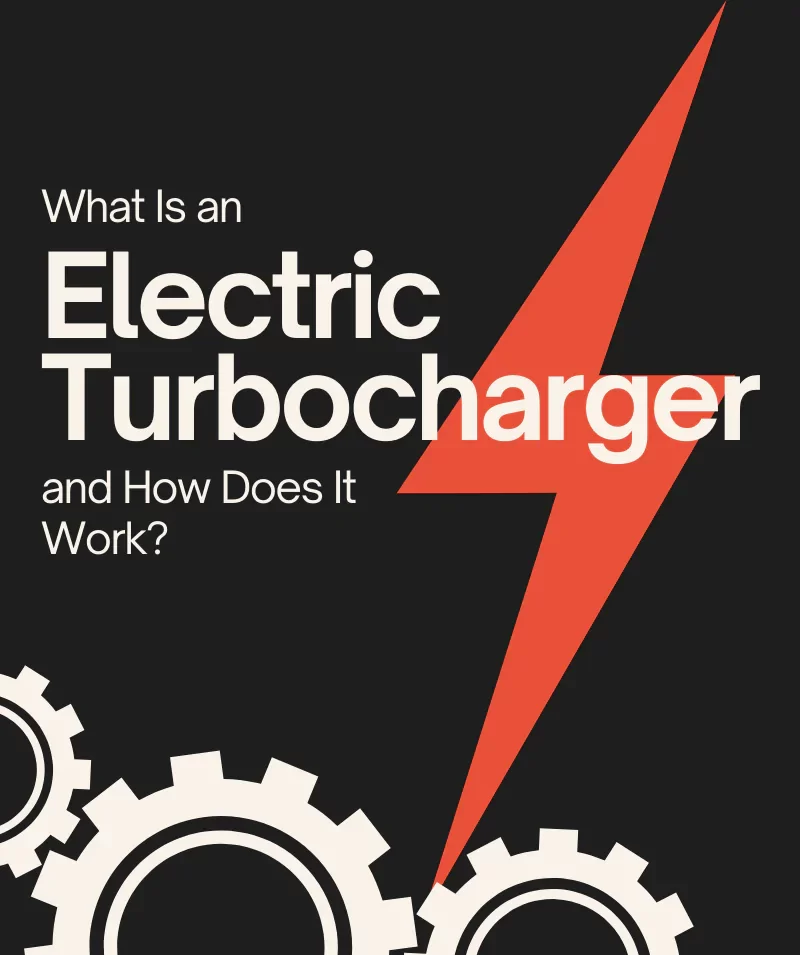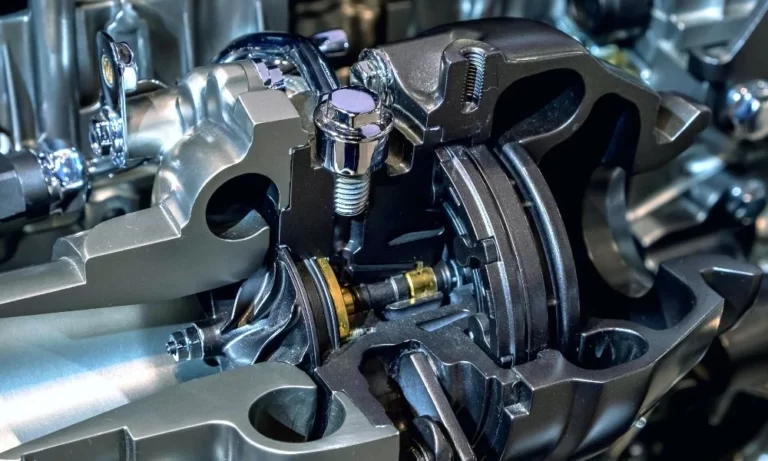
What Is an Electric Turbocharger and How Does It Work?


What Is an Electric Turbocharger and How Does It Work?
Turbos have been around for decades, and new advancements in turbo technology continue to emerge each and every year. Turbocharged vehicles used to only make up a small fraction of new cars produced, but now, most new cars and trucks come fitted with turbos.
But some cars and trucks have recently come fitted with a new and unusual kind of turbo—the electric turbo. What Are Electric Turbochargers and How Do They Work? How is it different from normal turbos? And what does this new technology mean for the future of turbochargers? If you are interested in learning more about electric turbochargers, read on.
What are turbochargers?
Turbochargers are forced induction devices that help the engine produce more power during the combustion process by extracting more air. The more air and fuel in the combustion chamber, the more powerful the combustion. Turbos reuse high-pressure exhaust gases to spin a turbine. The turbine then forces more air into the engine.
You may have also heard of superchargers before. Supers perform the same function as turbos, but instead of using a turbine to draw in more air, they use a pulley. Turbos are generally more efficient than supers because they use energy that would otherwise be wasted. However, turbos have a slow throttle response time which results in turbo lag. On the other hand, supers don’t have this problem.
What Are Electric Turbochargers and How Do They Work?
What Are Electric Turbochargers and How Do They Work? Electric turbos are the best of both worlds. They have the efficiency of turbos but the responsiveness of supers. Instead of using exhaust gases to spin the turbine, electric turbos use an electric motor and an electric compressor.
When you step on the gas pedal, the motor activates the compressor. The compressor forces cold air into the engine without any turbo lag. Once the turbo is spinning fast enough, the motor and compressor turn themselves off automatically to save energy. The turbo continues to spin for a short while even after the motor turns off due to the exhaust gases and the inertia of the wheels.
There are two kinds of electric turbos currently in existence—the e-booster (used by Volkswagen Group and Mercedez-Benz) and the one-unit e-turbo made by Garret Motion. The e-booster is a turbo that’s essentially just a compressor side (no turbine side) paired with an electric motor. It’s used side by side with exhaust-driven turbos. The motor-driven turbo provides a quick low-end response from the motor. Once pressure builds, the motor-driven turbo turns off and the exhaust-driven turbo handles the rest.
Garret Motion’s e-turbo is a turbo (both compressor and turbine side) paired with a motor. It does more or less the same thing as the e-booster. The motor proves a low-end boost. Once the exhaust pressure builds up, the motor turns itself off. The main difference between this version and the e-booster is that this version allows for the use of a larger compressor for smaller engine displacement…




Leave a Reply
You must be logged in to post a comment.